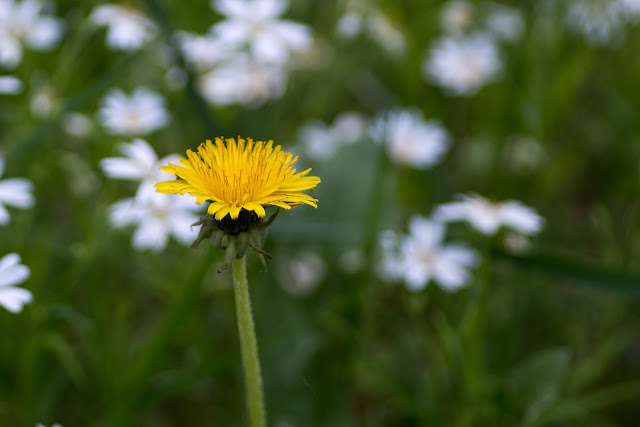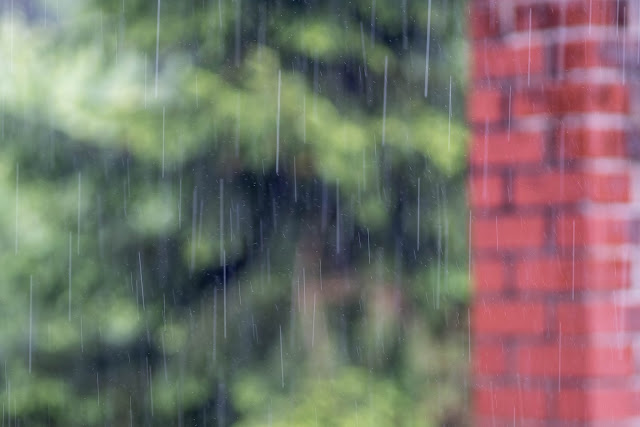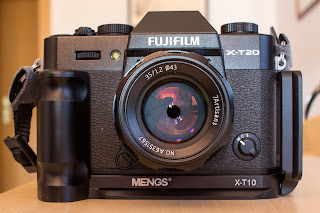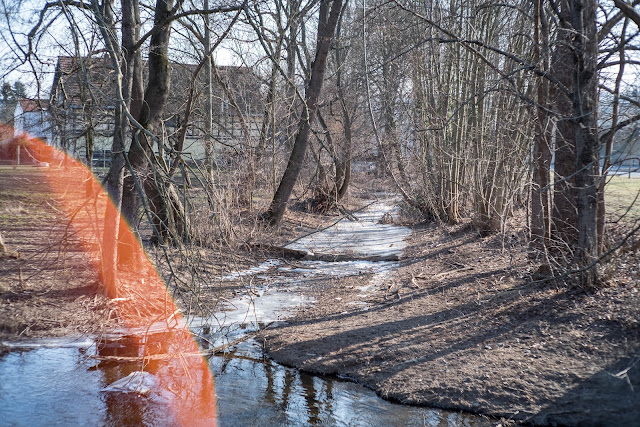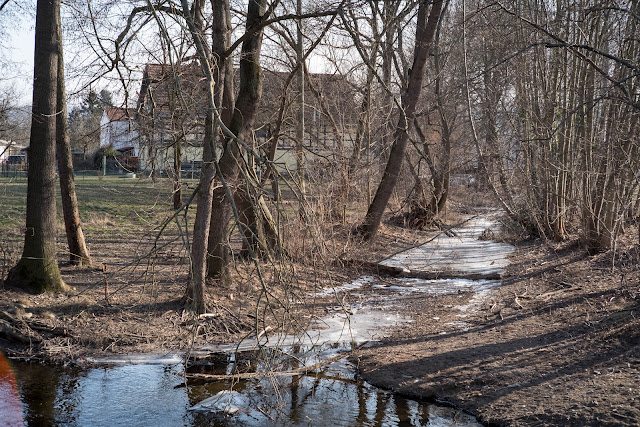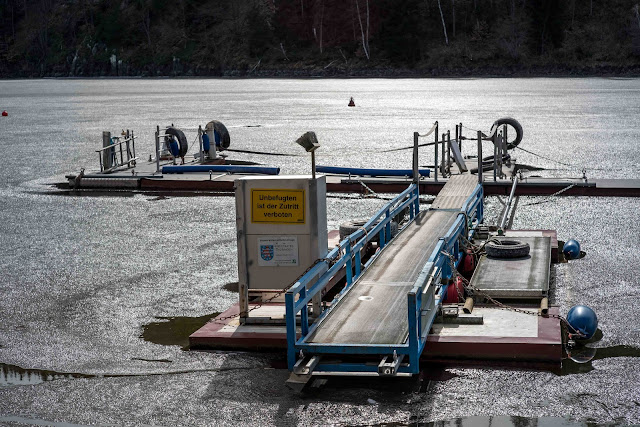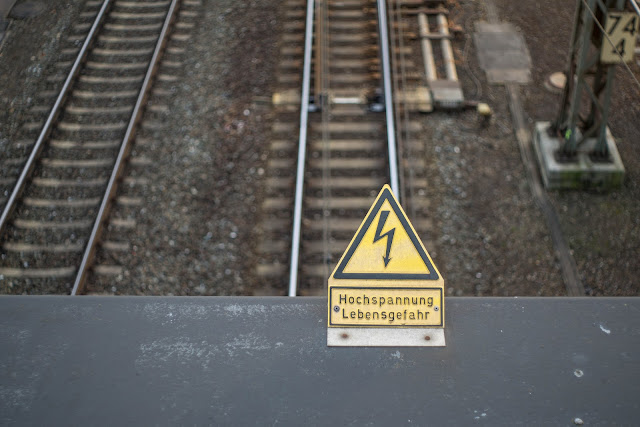For quite some time I have been looking for a good macro lens that on the one hand deliver excellent image quality, on the other hand should be as inexpensive as possible. A pretty hard thing. There are a lot of legendary Macro lenses on the used lens market, but they've gone up in price in recent years. Meanwhile, prices of several hundred euros for fifty-year-old lenses are no longer a rarity. A good friend gave me the tip to look for newer used lenses. Sometimes you can make real bargains here. One of the best macro lenses are the 90mm f / 2.8 from Tamron, whose first representatives were on the market as early as 1979. The first Macro lenses were completely manual and fitted with a aperture ring. Here is an overview of all previously produced by the company Tamron Macro lenses:
90mm SP f/2.5 1:2 (1:1 with adapter) 52B (1979)
90mm SP f/2.5 1:2 (1:1 with adapter) 52BB (1989)
90mm SP f/2.8 1:1 72B (1996)
AF 90mm f/2.5 152E (1994)
AF 90mm f/2.8 1:1 72E (1996)
AF 90mm f/2.8 1:1 172E (1999)
AF 90mm f/2.8 Di 1:1 272E (2004)
AF 90mm f/2.8 Di VC 1:1 F004 (2012)
AF 90mm f/2.8 Di VC ii 1:1 F017 (2016)
In particular, the lenses with autofocus lose very quickly to value as soon as the newer version is thrown on the market. The current version with image stabilizer (VC) costs about 700, - Euro, even if the older versions are still on the market to buy. Older versions before the year 2000 are, even in good condition, for less than 100, - € to buy. I bought my copy for 69, - Euro. And sometimes it gets even cheaper. My lens is about 18 years old, but still in perfect condition.
The main problem with autofocus lenses is the lack of the aperture ring. So you need a Macro lens with a bayonet for a camera that you have lying around at home. For me it was the Canon bayonet, because I have a Canon 100D with the help of which I can adjust the aperture on the Macro lens if necessary. With the appropriate adapter, you can then use the macro lens to a Sony or Fuji or mft DSLM-camera. Unfortunately, there is no possibility to adjust the aperture on site, unless you drag a second camera around with you.
Normally, this is not a problem, because macro shots can not be sensibly photographed with fully open aperture. You have to stopped down a little and in my experience, this should be at least until aperture f / 4.0. In many cases, if the object is larger and deeper, it should even be aperture f / 8.0. I get along well with a fixed aperture of f / 4.0 and leave it at that.
Now I want to introduce the technical data of my used macro lens here:
number of blades: 9
closest focus distance: 29 cm
closest working distance: 9,5 cm
Magnification ratio: 1:1 at the closest focus distance
focus distance range limiter: 0,29-0,4; 0,4-
weight: 420 gramm
maximum diameter and length: 74 x 97 mm
material: plastic barrel and metallic mount
filter thread: 55 mm
release year: 1999, produced to 2003
AF drive: in body (without Nikon)
aperture: f/2.8 to f/32
lens hood: 1C9FH (plastic)
produced for: Canon, Nikon, Konica Minolta, Pentax-Mount
The lens is quite a nice chunk and correspondingly heavy. Although it is mainly made of plastic, but the built-in micromotor and the many lenses have quite a nice weight. Nevertheless, it can work well with it and the focus setting is no problem thanks to focus peaking and magnifying glass function.
The picture quality is just fantastic, not only the sharpness is impressive, otherwise there is nothing to complain about. As with all newer and more coordinated lenses, there are no problems with distortions, purple frings or coma at open aperture. Very impressive. So you can not go wrong with these modern lenses. Of course, manual focus is provided, as there is no sensible electronic contact between lens and camera on a DSLM camera. But for macro photography is preferred by the big "connoisseurs" manual focus anyway.
The bokeh is not perfect, rather a bit restless, but normally the object is in the foreground and the background disappears. So no problem.
All in all, a super buy for a very small money. What more do you want? From my side, I can only recommend that you look around for such an old, new lens.
Here are some pictures that I have taken with the Fuji XT-20 and the Tamron 90mm, each at f/4.0:
The picture quality is just fantastic, not only the sharpness is impressive, otherwise there is nothing to complain about. As with all newer and more coordinated lenses, there are no problems with distortions, purple frings or coma at open aperture. Very impressive. So you can not go wrong with these modern lenses. Of course, manual focus is provided, as there is no sensible electronic contact between lens and camera on a DSLM camera. But for macro photography is preferred by the big "connoisseurs" manual focus anyway.
The bokeh is not perfect, rather a bit restless, but normally the object is in the foreground and the background disappears. So no problem.
All in all, a super buy for a very small money. What more do you want? From my side, I can only recommend that you look around for such an old, new lens.
Here are some pictures that I have taken with the Fuji XT-20 and the Tamron 90mm, each at f/4.0:



